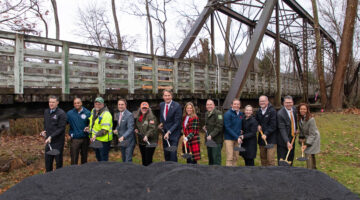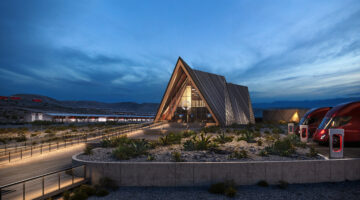Three of the key players behind the first commercial-sized post-combustion carbon capture system in the U.S. — the Petra Nova facility in Thompson, Texas — are reuniting to help further the adoption of carbon capture, utilization, and storage (CCUS) technologies.
Kiewit Engineering Group, Mitsubishi Heavy Industries America (MHIA) and Sargent & Lundy are working under the direction of the Prairie Research Institute within the University of Illinois at Urbana-Champaign to complete a front-end engineering design (FEED) study for the retrofit of the Prairie State Generating Station in Marissa, Illinois. The purpose of the study is to design a system that would capture 95 percent of carbon emissions at the facility and incorporate additional carbon offset strategies to achieve a net-zero operation. The FEED study is made possible through funding from the U.S. Department of Energy’s Office of Fossil Energy and administered by the National Energy Technology Laboratory. This study is for the largest post-combustion carbon capture facility in the world with the intent to be “shovel ready” at the completion of the study.
“The collective, hands-on experience of engineering, procurement and commissioning on a carbon capture system that is in operation today will be a tremendous asset to this study,” said Matt Thomas, Senior Vice President of Engineering Services for Kiewit Power Engineering. “We are well equipped to provide Prairie State Generation Company with the highest level of detail and accuracy on what it will take to retrofit the facility from a cost and schedule standpoint.”
To achieve this, Kiewit is mobilizing resources from across the company to leverage specific subject matter expertise on constructability, supplier networks and the integration of specialty equipment. Ultimately, the effort has the potential to serve as the foundation for carbon capture systems that are more easily accessible and attainable by other facilities across the U.S. Furthermore, while CCUS systems are currently geared toward coal-fired facilities, there is growing interest in applying the technology to gas-fired power plants.
“Regardless of the fuel source—whether it be coal or natural gas—there is an opportunity to substantially lower carbon emissions,” adds Thomas. “While there is still much work to be done, we are up to the challenge and look forward to helping more utilities tap into these technologies.”


